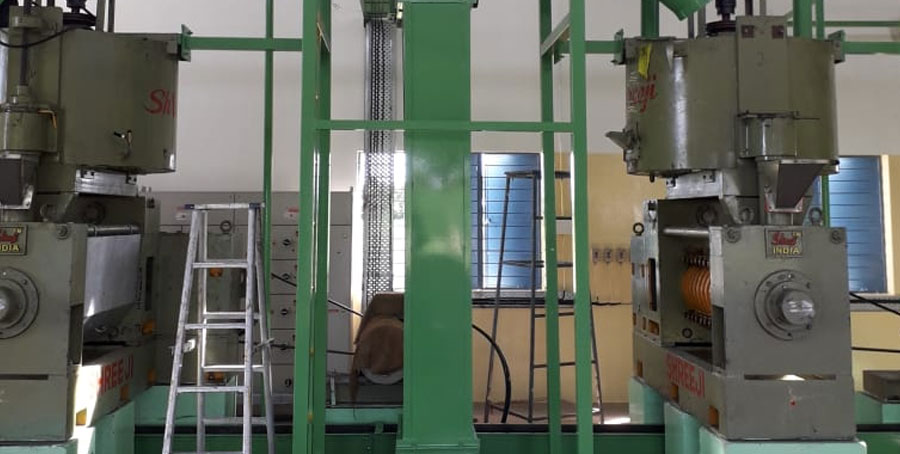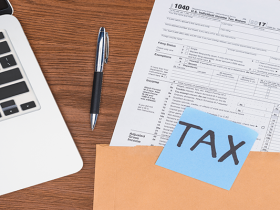Most of us over our lifetime will work for a number of different employers, meaning we will likely contribute to lots of different pension schemes.
It’s not always simple to keep a record of all these different plans, in particular when many of us lead very busy lives. We often lose touch with our pension providers when moving home. The average person has worked for 5.8 employers by the time they are aged over 55. This number is predicted to rise greatly in years to come as those who are now aged between 18-34 have on average already held over 4 jobs. The DWP (Department of Work and Pensions) estimates that the average person will have had 11 employers over their entire working lives, which could very likely mean 11 different pensions in total.
Be aware of when consolidating your pensions
Before consolidating your pensions, it’s vital that you work out the total costs involved. Some pension schemes can charge you an exit penalty fee if you pull your money out and move it elsewhere. If there is a penalty, you will need to work out whether this is worth paying for the benefits of consolidation. Always seek our independent pension advice before ultimately deciding on whether pension consolidation is the right choice for you.
You should also check if you will lose any of your benefits if you do transfer out of your existing pensions. For example, if one of your current pensions offers you the option to take more than 25% of your fund, tax-free, you could decide you’re better off leaving it. If you belong to a final salary or perhaps any other pension offering safeguarded benefits, a transfer may not be the best solution, as you could lose out on a guaranteed level of pension in the future, and remember that you must get professional financial advice if you are considering going down this route.

Consolidating your pensions can help
Moving your pensions into a single plan can make it much easier to manage your retirement savings, and to see where your pension savings are invested.
You’ll only receive one pension statement per year, as opposed to several, so it’ll be much easier to stay on top of your paperwork. Your statement will show you the current value of your retirement pot and indicate how much you could get when the time comes to take money out of your pension.
Consolidating your pensions may also give you much greater control over how your money is invested, and you could be able to select a plan that offers you a far greater range of investment options than your existing pensions do.
It should make things much more easier when it comes to taking your pension benefits, because you will only have one pension pot from which to take either a regular income, smaller lumps sums or a steady guaranteed income from your annuity. You may even decide to choose a combination of the different options too.











